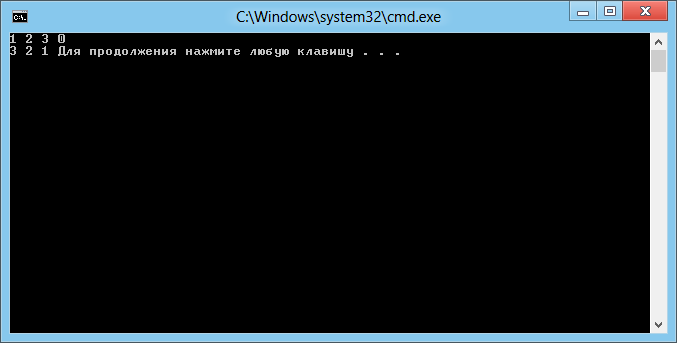setTimeout(function(){hide(id,count);},3000);setTimeout(hide,3000);setTimeout(hide(id,count),3000);setTimeout(function(){hide(id,count);},3000); Code Type: ARM-64 (Native)
OS Version: iOS 8.1 (12B410)
Thread 0 Crashed:
4 RND 0x0000000100126c5c 0x1000d4000 + 339036
5 CoreFoundation 0x0000000187bde204 __handleUncaughtException + 688UIScrollView растягивается сразу в обоих измерениях
Label не переносится на новую строку, а уходит за границу
не выпендривайтесь
код на Objective-C мне ни о чем не говорит.
Put data cache files in the Library/Caches/ directory. Cache data can be used for any data that needs to persist longer than temporary data, but not as long as a support file. Generally speaking, the application does not require cache data to operate properly, but it can use cache data to improve performance. Examples of cache data include (but are not limited to) database cache files and transient, downloadable content. Note that the system may delete the Caches/ directory to free up disk space, so your app must be able to re-create or download these files as needed.
[target performSelector:selector];или для безопасности проверить что такой селектор есть перед вызовомif ([target respondsToSelector:selector]) {
[target performSelector:selector];
}scanf_s("%Lf", &a); seld.tableView.bounces = YES;илиseld.scrollView.bounces = YES; #include <iostream>
void foo()
{
int number;
cin >> number;
if (number != 0)
{
//фишка в том что:
foo(); //сначала выполняется функция
cout << number << " "; // а после уже выполняется вывод
}
}
int main(int argc, char *argv[])
{
foo();
return 0;
}